A day in Ifaty, Madagascar: Golden beaches, turquoise waters and dry ‘Spiny’ forests
A discussion on the topic of tropical beaches in Madagascar would surely bring up the beautiful golden sand beaches of Nosy Be, Diego Suarez and the Island of St Marie (North and East Madagascar). Often missed out are the dreamy, lonely beaches of South West Madagascar i.e. around Ifaty, Anakao and Andavadoaka. This blog is about my visit to this piece of paradise in Ifaty – replete with golden beaches, turquoise waters and with arid ‘spiny’ forests inland.
The presence of the Great reef of Madagascar creates a beautiful turquoise splashed serene lagoon. All this is in the backdrop of the harsh and arid ‘spiny’ forests of this region – a very unique landscape of scorching sands, baobabs and shrubs. A vastly unexplored area from a tourism perspective, the relative obscurity allows this region both advantages and constraints! The constraints are infrastructural – access, facilities, roads. The advantages of clean golden beaches and turquoise waters in relative isolation with very few tourists are very obvious!
So, if you decide to explore the neglected but beautiful part of Madagascar, far removed from the hustle bustle of civilisation – head southwest to Tulear! Discover more about this region on the Tulear city website here. Tuléar (Toliara) is the gateway – providing access (Flight and road) to both the Northern and Southern Reef beaches / villages.
The Great Reef of Madagascar near Ifaty
Not many people would know that South-West Madagascar boasts the world’s fifth-largest coral reef. A 450km of fringing, patch and barrier reefs stretch from Morombe in the north to Itampolo in the south with the Tulear town right in the middle.
On the Mozambique channel and facing Africa, the coral reef is a ‘barrier’ reef and protects the coastline from the steady fury of the sea. The barrier reef creates a clean stretch of beautiful and serene lagoon with the coral giving a turquoise ‘glow’ to the shallow waters. Broad and shallow, the lagoon affords dramatic scenery with a vibrant line of white waves in the distance far away from the shore.
The Great Reef has three forms: a fringing reef close to the shore, patch reefs (small often submerged) of coral heads and an outer barrier reef. Reportedly there are some great Abyssal slopes on the seaward side of the the barrier reef as well. The Coral reef has a rich and diverse habitat with an estimated 6000 reef-associated species. This list includes 752 fish species (including 13 sharks), four species of Marine turtles, 11 species of cetaceans (marine mammals) and 340 coral species. The Great Reef is one of very few places in the world inhabited by the ‘Coelacanth’, an ancient 400-million-year-old species of fish.
What to do in Ifaty?
Watch our video blog on our experiences in Ifaty.
Golden beaches and Turquoise waters
This is the signature attraction. If lounging on creamy white, golden hued beaches and watching out on a lagoon with a turquoise ‘glow’ is your idea of a vacation – this is your destination! Resort towns and ramshackle fishing villages line the shoreline, from Andavadoaka in the north to Itambolo in the south.
Where are the waves?
You may wonder at the quiet absence of larges waves on the shoreline next to your beach resort! In fact the shores are protected by the Great Reef deeper offshore. However, you can actually see the waves breaking on the reef in the distance from certain places on the beach – creating a dynamic line of white between the turquoise waters of the lagoon and the blue waters of the Mozambique channel.
Where to stay?
Ifaty (and the nearby Mangily beach) is the most popular due to the proximity and easier access from Tulear. Andavadoaka is further up north and it is reported to have the ‘best’ beach in Madagascar! Anakao (south) has good diving facilities, but access is quite restrictive with travel only by boat and not so pleasant rocky beaches! Further south, you can go to Itampolo for better beaches.
Accommodation in this region ranges from small shacks (obviously cheap) to the ultra-luxurious resorts (many in Andavadoaka) – take your pick. The beaches are close to nearby villages of the Vezo fisherman people. With few tourists around, the only way out of your isolation would be visit the dingy village bars! In case you want to try out fancy international fare, head out to Tulear; the Italian and French expatriates have built lovely restaurants in this charming laidback town.
Adventure activities: Snorkelling and Diving in Ifaty
A snorkelling trip to Reef patches near the barrier reef is an amazing experience. Going out on a Pirogue (small local canoe with sails) early in the morning draws out the best vistas of the ocean and the shoreline.
These pictures cannot compare to the spell binding photographs of Garth Cripps. Check it out in this lovely article (Hakai Magazine) on the fish crisis of the Vezo people in South west Madagascar.
To get an idea of the snorkelling experience in these waters – watch a nice short video on snorkelling in Ifaty on Youtube here.
Other sea-activities near Ifaty
It is also possible to go diving, fishing, surfing and sailing in this serene lagoon. Whale watching (Humpbacks) is a sought after experience in the migration months of Mid-June to September. In addition, short excursions to Mangrove forests, shore caves and birding trips nearby are feasible.
Visit to Baobab ‘forests’ and reserves
The area inland from the coastline in South West Madagascar is characterised by dry, arid landscapes – called ‘spiny forests’. This ecosystem is unique to Madagascar. Even this harsh environment has an amazing diversity of life – including the resilient Baobab tree.
A great way to experience this landscape is to visit one of the few parks / reserves in Ifaty. Two of them are the Reniala reserve and the Mangily Adansonia Forest, Ifaty (MAFI). I avoided the Reniala reserve due to reports of captive lemurs (maybe rescued – but do not relish watching primates in cages). The visit to the community run (less organised) MAFI was amazing and an adventure as well.
We had a local guide who was proud to explain the unique features of the different floral species as as well as their medicinal values discovered by the original human inhabitants of the area.
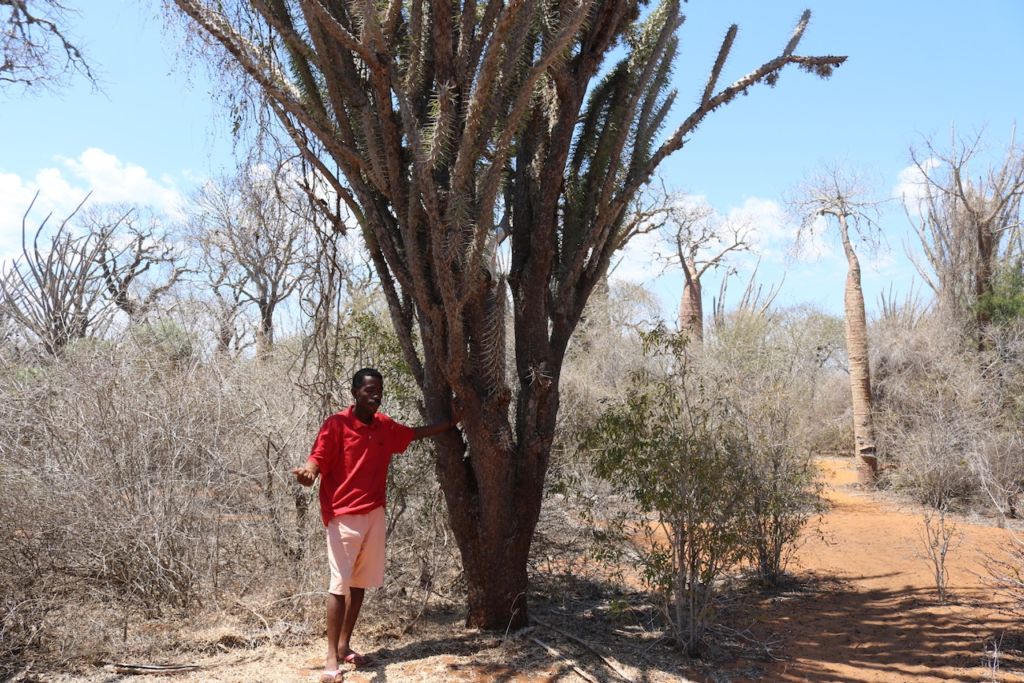
A hot sand adventure!
The area is largely sandy and has a tremendous capacity to absorb the harsh heat of this place. The result: it is impossible to walk barefoot (or even with sandals) due to the intense heat of the sands here! My adventurous sandals lost their glue due to the intense heat and it just came apart in minutes!
The sands here are quite loose and hence transportation to these areas is better on a ‘zebu’ cart. A 4 wheel drive in the hands of a less experienced driver is sure to get stuck on the way! Our car did get stuck (twice) and it took several tense minutes and ‘jugaad’ solutions (like putting twigs underneath the wheels) in the oppressive heat to get out of the sand sinks!
Arboretum d’Antsokay
The unique Arboretum of Antsokay is quite a surprise and exceeds all expectations. Definitely a must-see attraction in Tuléar. For the uninitiated (like me), An arboretum means a botanical collection, an area devoted to specimen plantings of trees and shrubs –akin to a museum of plants, trees and shrubs.
Established by a Swiss botanist and conservationist Hermann Petignat in 1980, the Arboretum’s mission statement says it all:
Mission Statement
We have a huge collection of native plants, many of which are very rare in the wild – a modern Noah’s ark. Passionate about the endemic vegetation of south west Madagascar and we are committed to doing all that we can to ensure its long term survival. A real condensed summary of the vegetation of Southwest Madagascar. Over 900 species of plants are preserved here. 90% are endemic to this region and many have medicinal properties. You will discover the relations between humans and the plant kingdom by the uses of medicinal plants.
Essentially it is a 400,000-sq-metre summary of the entire spiny forest ecosystem of South West Madagascar in one place. The Arboretum has an extensive collection of 900 plant species of endemic flora and a few endemic species of lemurs, reptiles and birds – 34 species of birds and 25 species of reptiles and mammals. It also offers a short guided tour of the place – a fabulous experience!
The Arboretum is complete with a nice interpretation centre (with good info charts), a souvenir shop and a small museum with an interesting collection of rocks, fossils and elephant bird eggs.
To make things better, there is a lovely restaurant – Auberge de la Table in the premises. Amazing for a quick drink after the walk in the arid environment! Furthermore, it has excellent accommodation options within the Arboretum as well! I wish I could have stayed here – the night walks (for the residents) to search for lemurs and reptiles would have been fantastic! I wish all dreary botanical parks are run like this!
Other places to visit
For the nature traveller looking for more unique and fascinating places to visit, there are many more options available. E.g. you can do day excursions to other fascinating reserves like the Beza Mahafaly reserve, the Berenty Reserve, Andatabo forest, the Honko reserve, Mikea reserve and the Amoron’i Onilahy protected area. And yes, you most probably will have most of these places all for yourself!
Most travellers coming to Tulear would also be visiting the Isalo National Park – eastward inland. On the way, amidst the many ‘Sapphire’ towns, there is a gem of a park not to be missed – the Zombitse-Vohibasia National Park.
Concluding thoughts
Potential for tourism
In Tulear, I realised the power of marketing and the negative impact of a lacklustre support from the government. There are so many enchanting places in the world with all the right ingredients for a successful tourism hub. However, the winner in the marketing game takes it all and obviously Tulear has yet to catch on. Of course, a strong will of the government is essential in building up the infrastructure. What ails this region (and Madagascar as a whole) is the lack of basic facilities and infrastructure including easy flight options.
A thought for the environment
Though quite off the tourist radar, we might hope that this region is free from the debilitating human influence of degradation. Far from it, this region is constantly under danger from other factors like climate change and population pressures. Global warming puts the coral reefs and its biodiversity under a continuous threat of extinction. This and the general state of our ocean waters has impacted the lives of the local Vezo tribes. The Vezo have for centuries have practised a traditional lifestyle dependent on the coral reefs and fishing as their main source of sustenance. Climate change and overfishing have meant that the locals have to travel much further for fish stocks and a drastic change in their way of life! Read more about this in this beautiful article in the Hakai magazine. A sad commentary on the times.
Visit our Madagascar page to explore the possible travel plans for an exotic adventure to the eighth continent!
To conclude – fond memories: nothing better than this exquisite view from my hotel room!


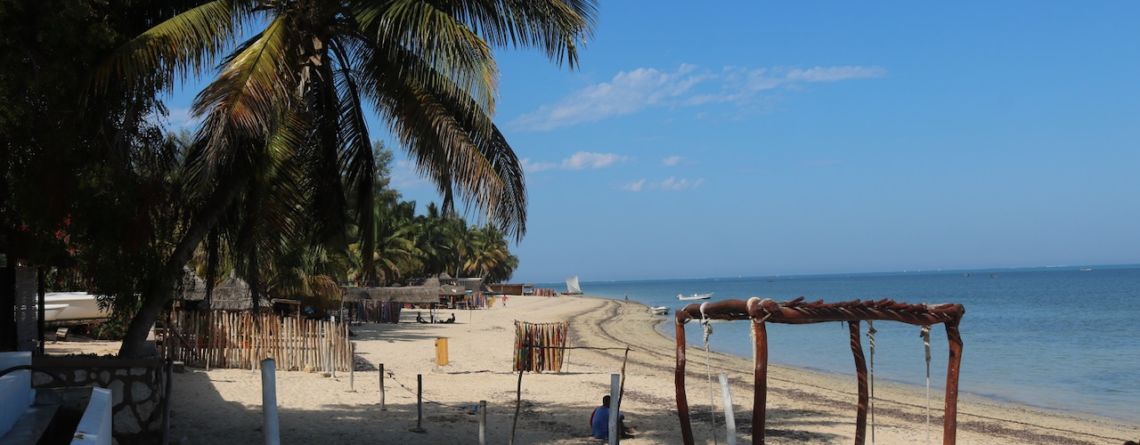

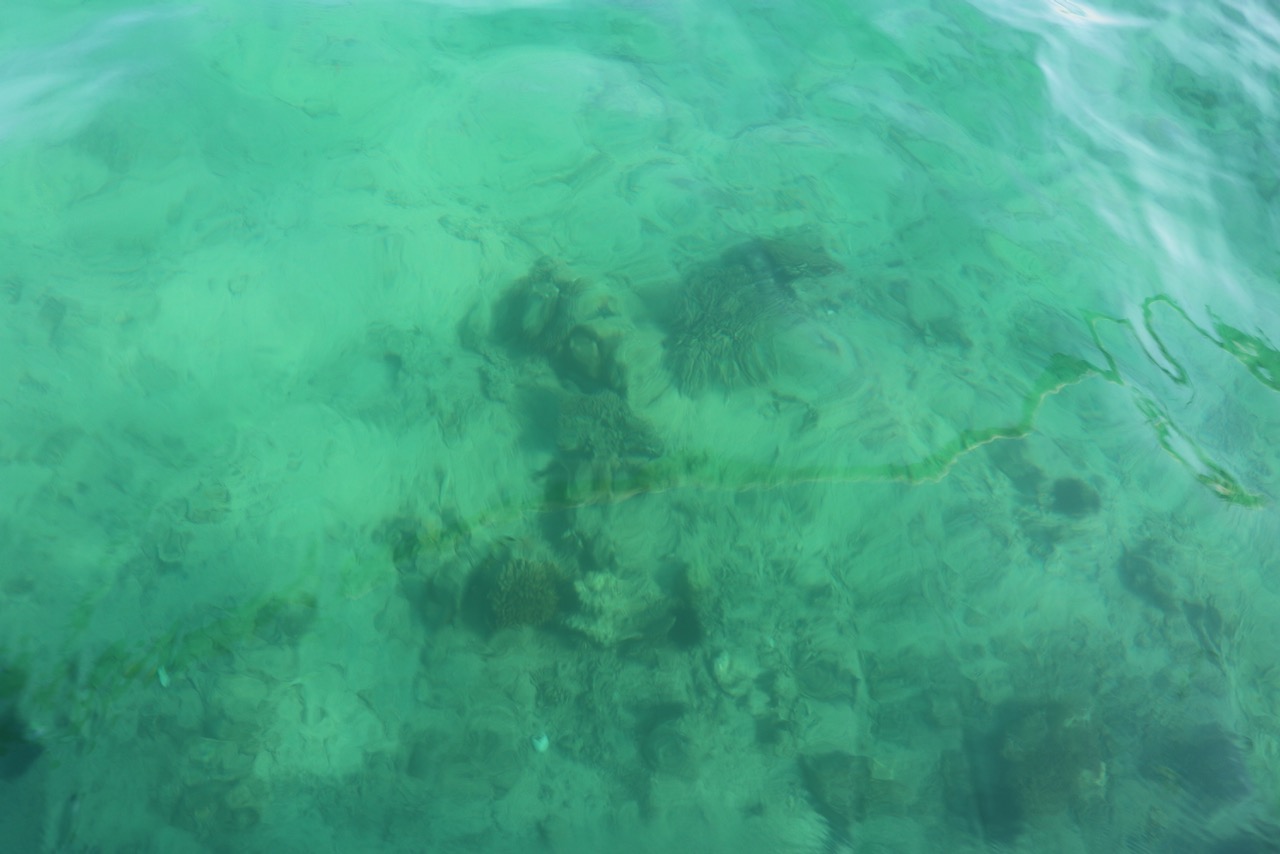
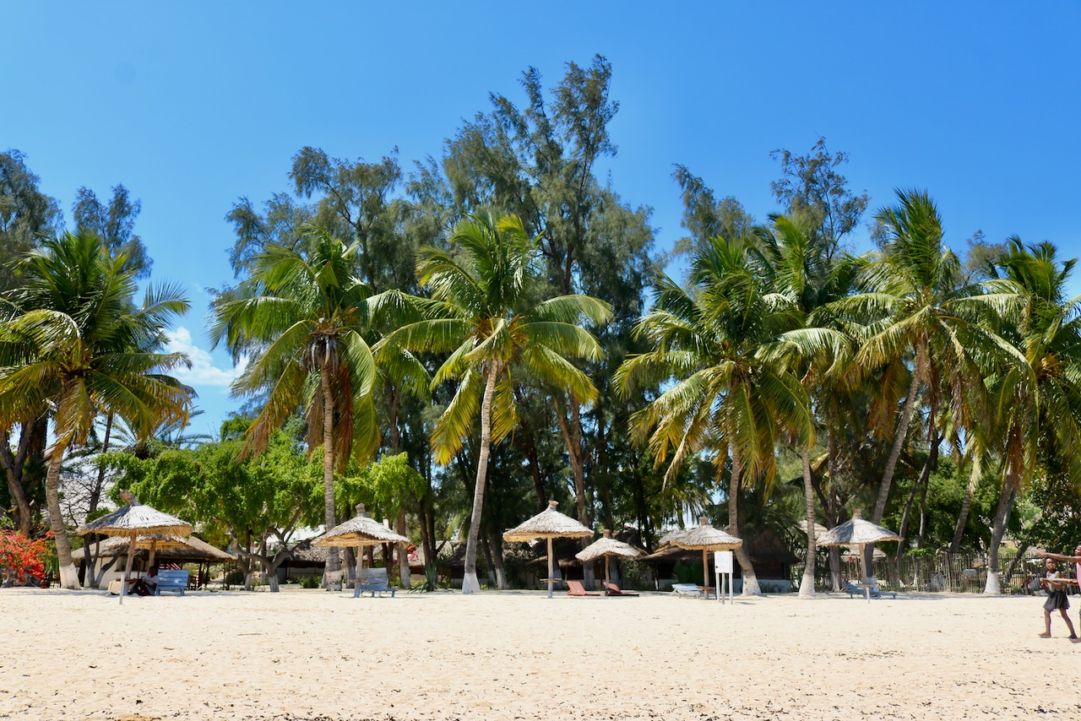
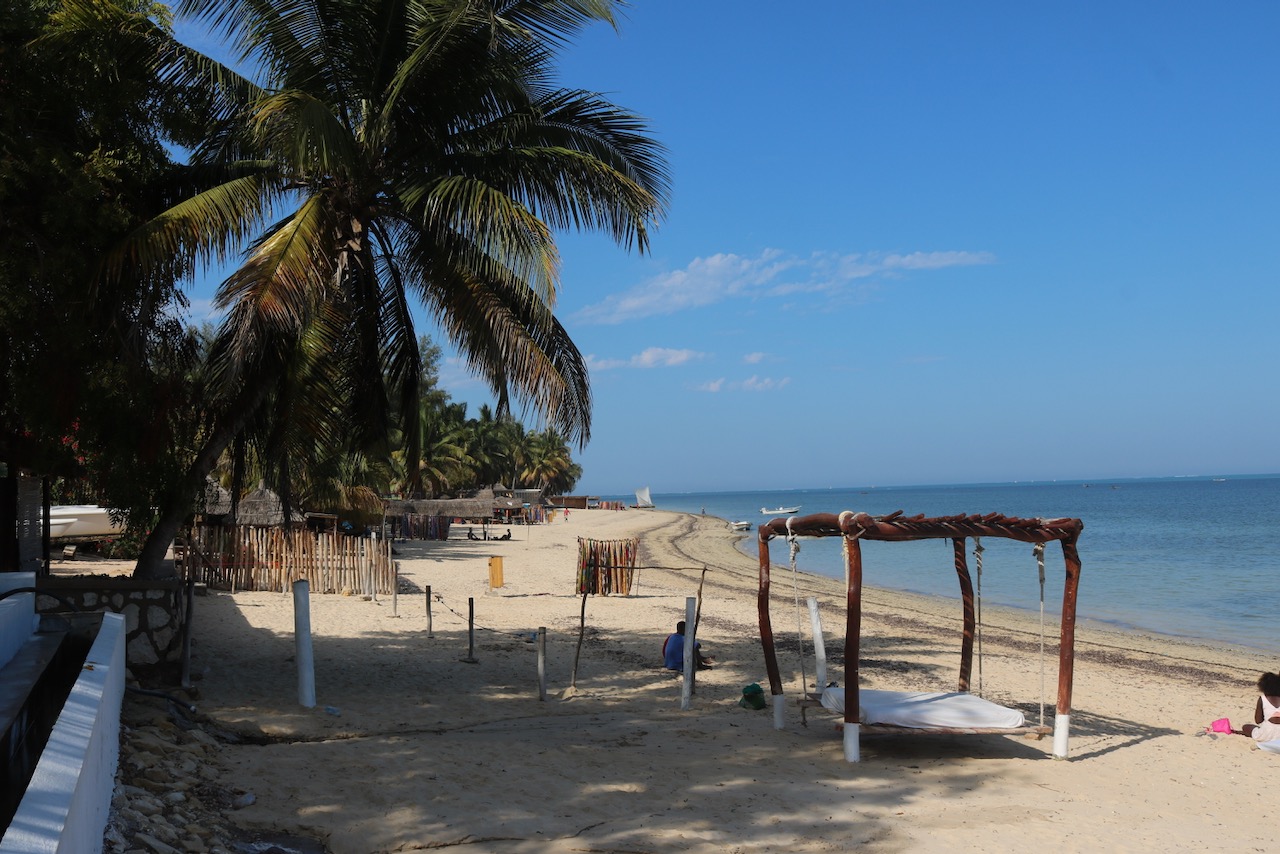
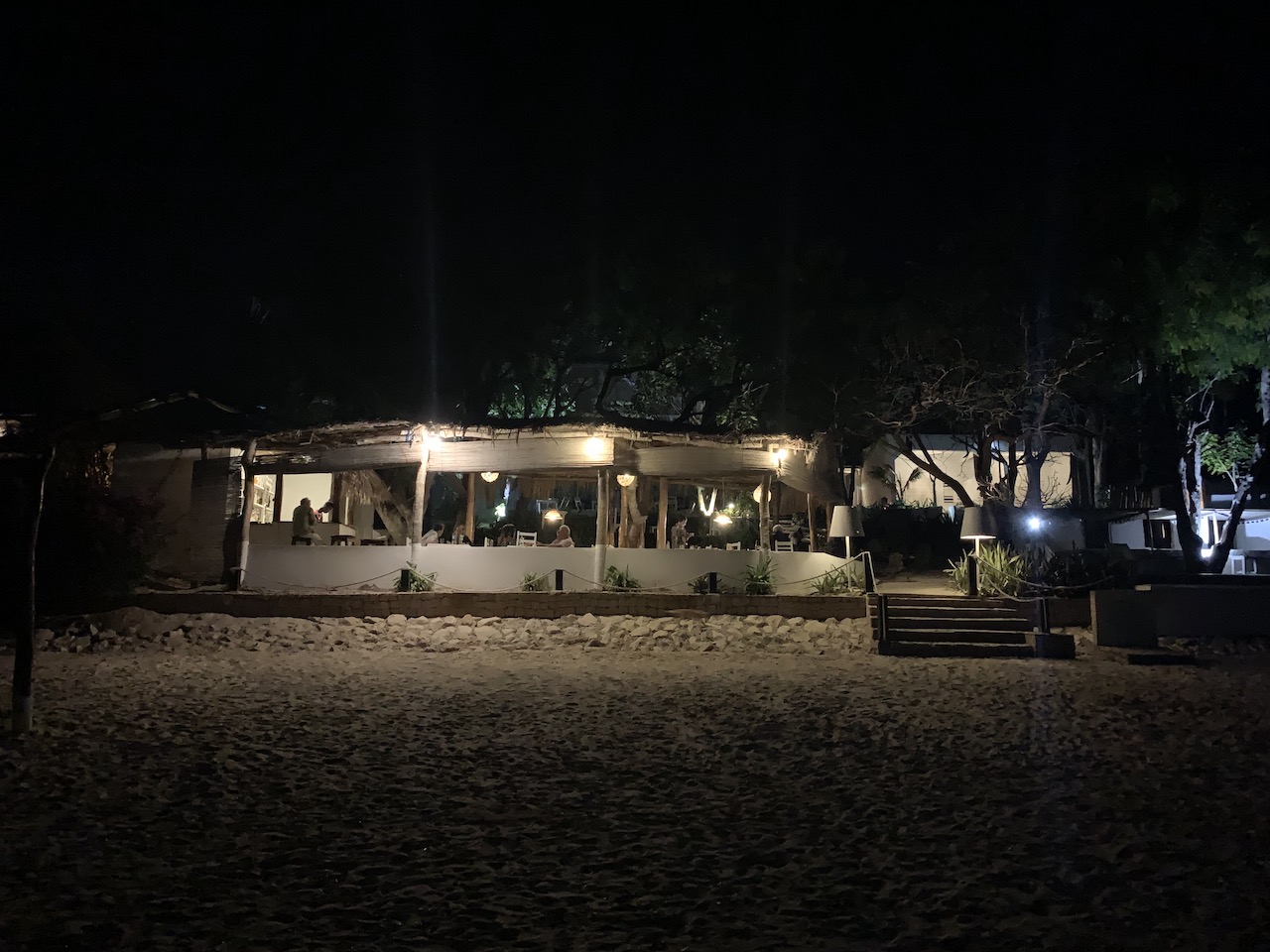

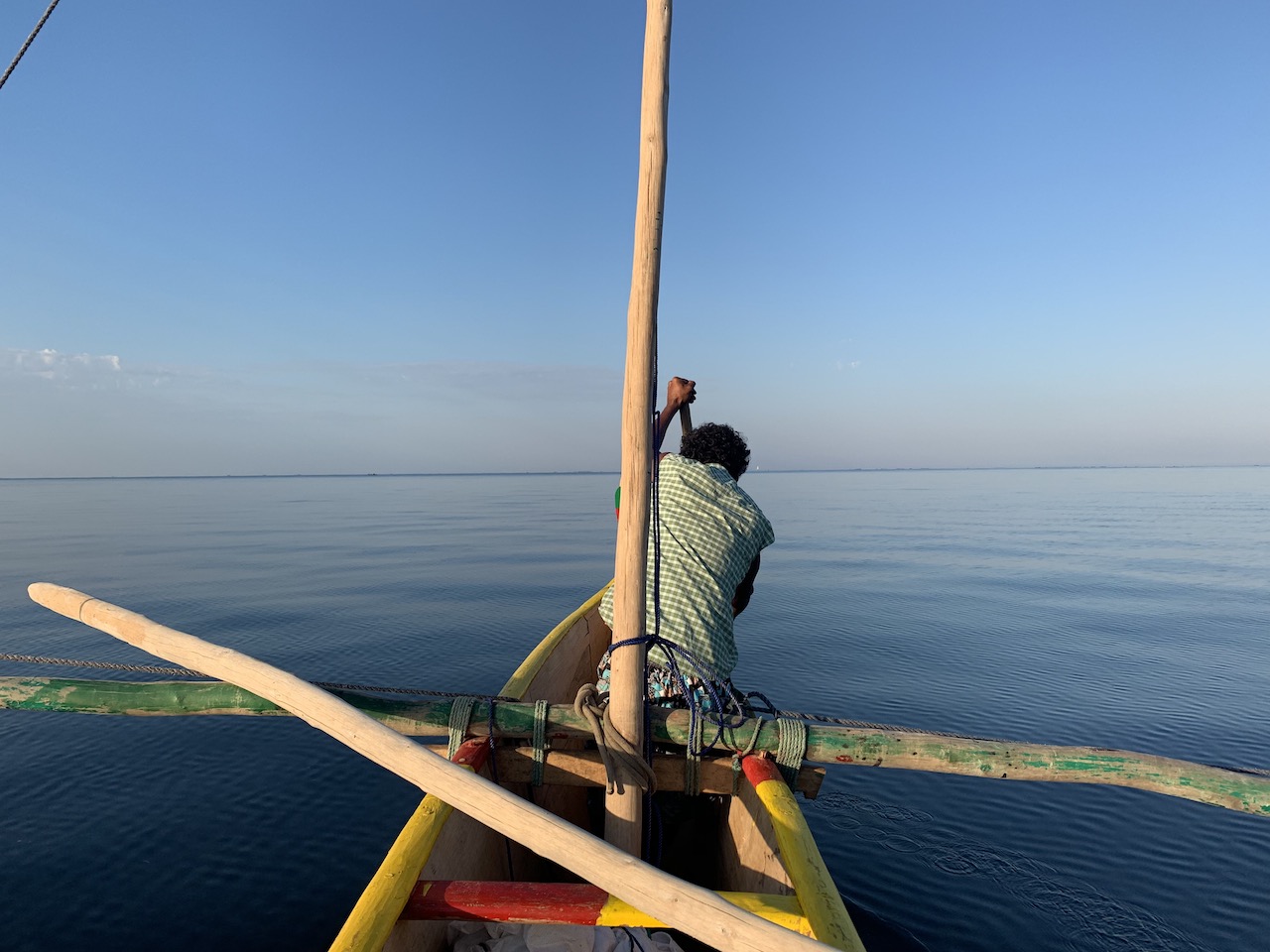
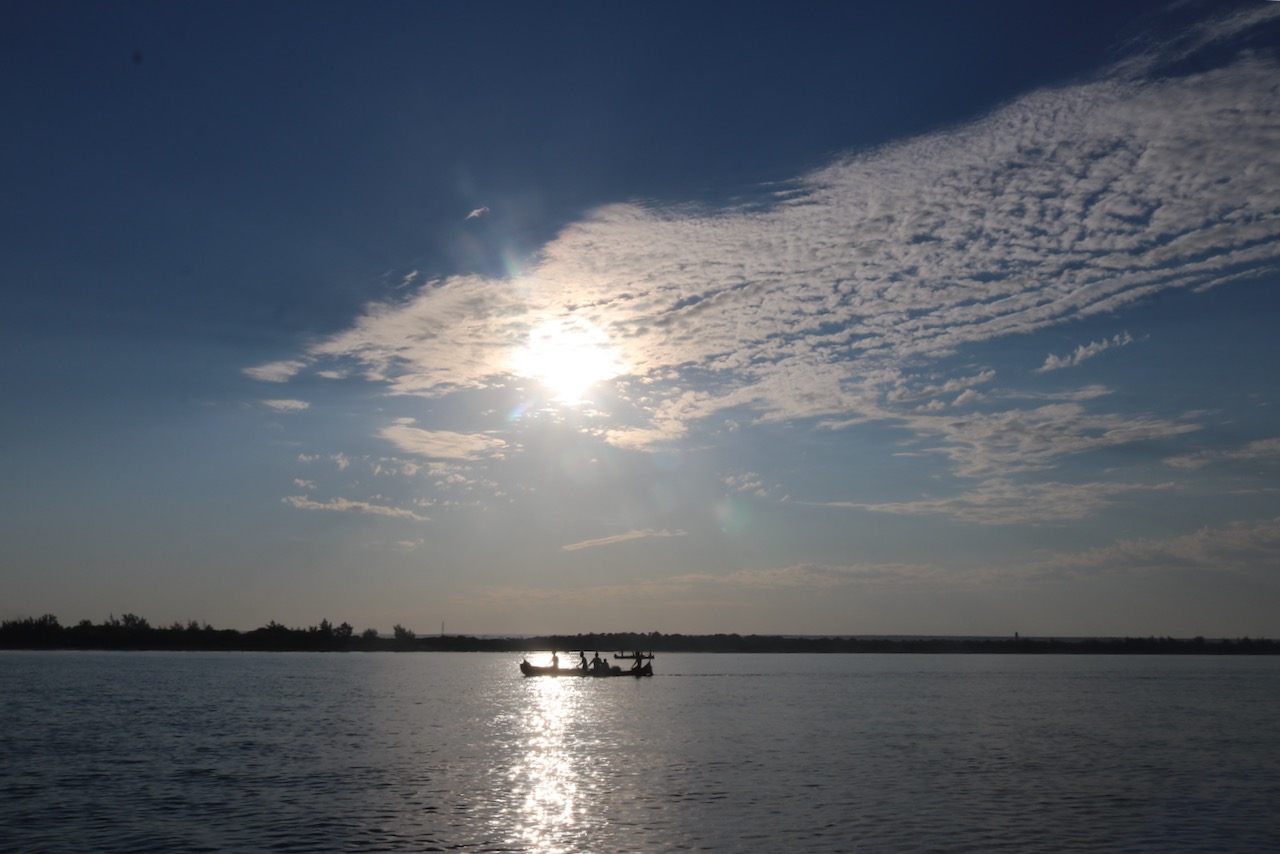
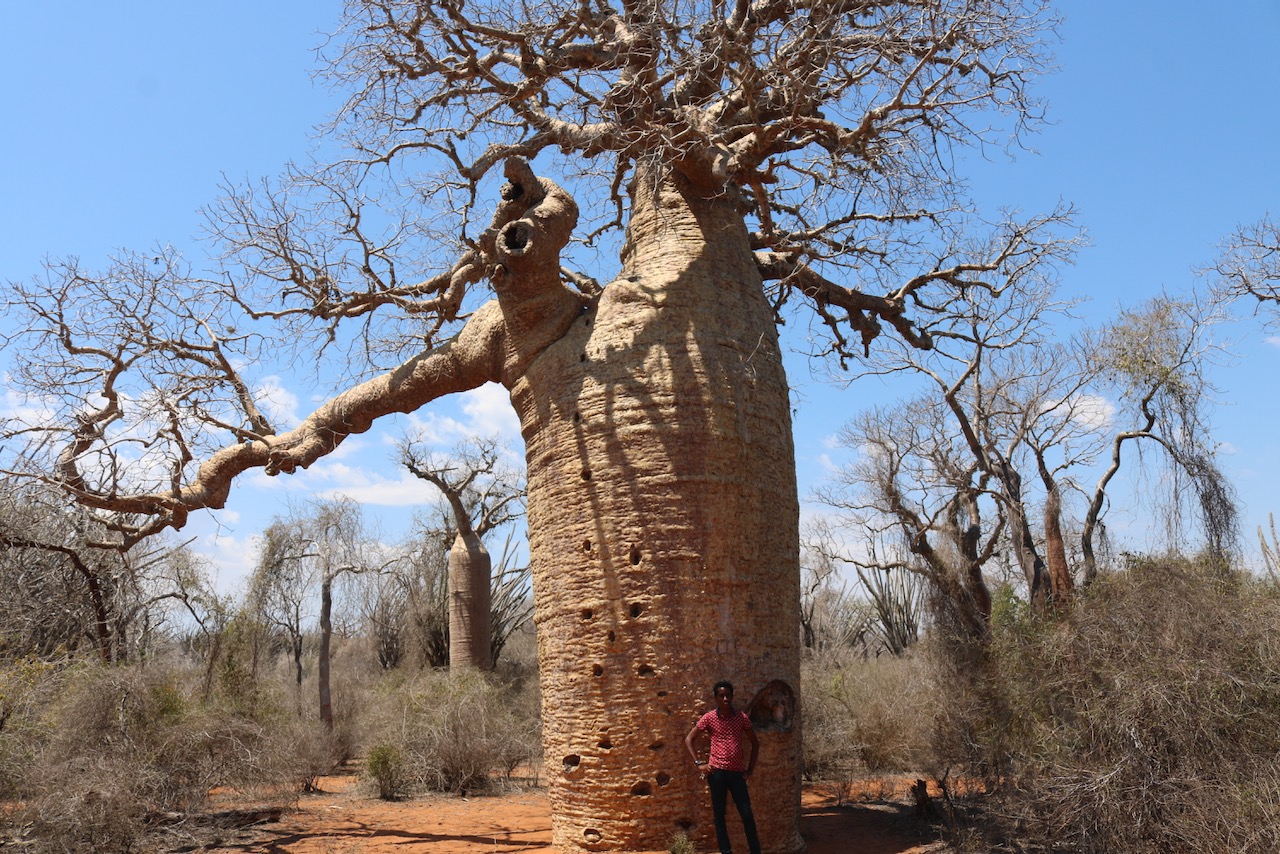
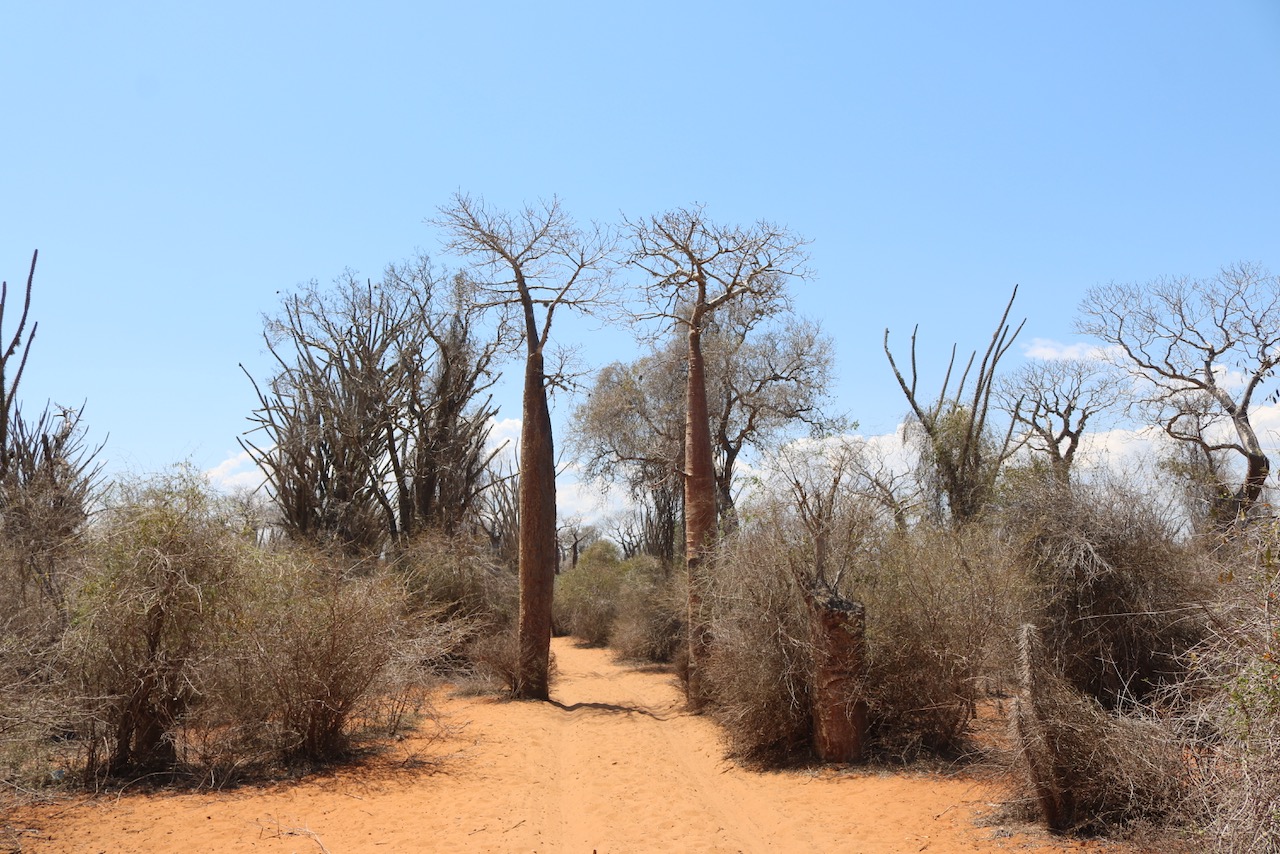

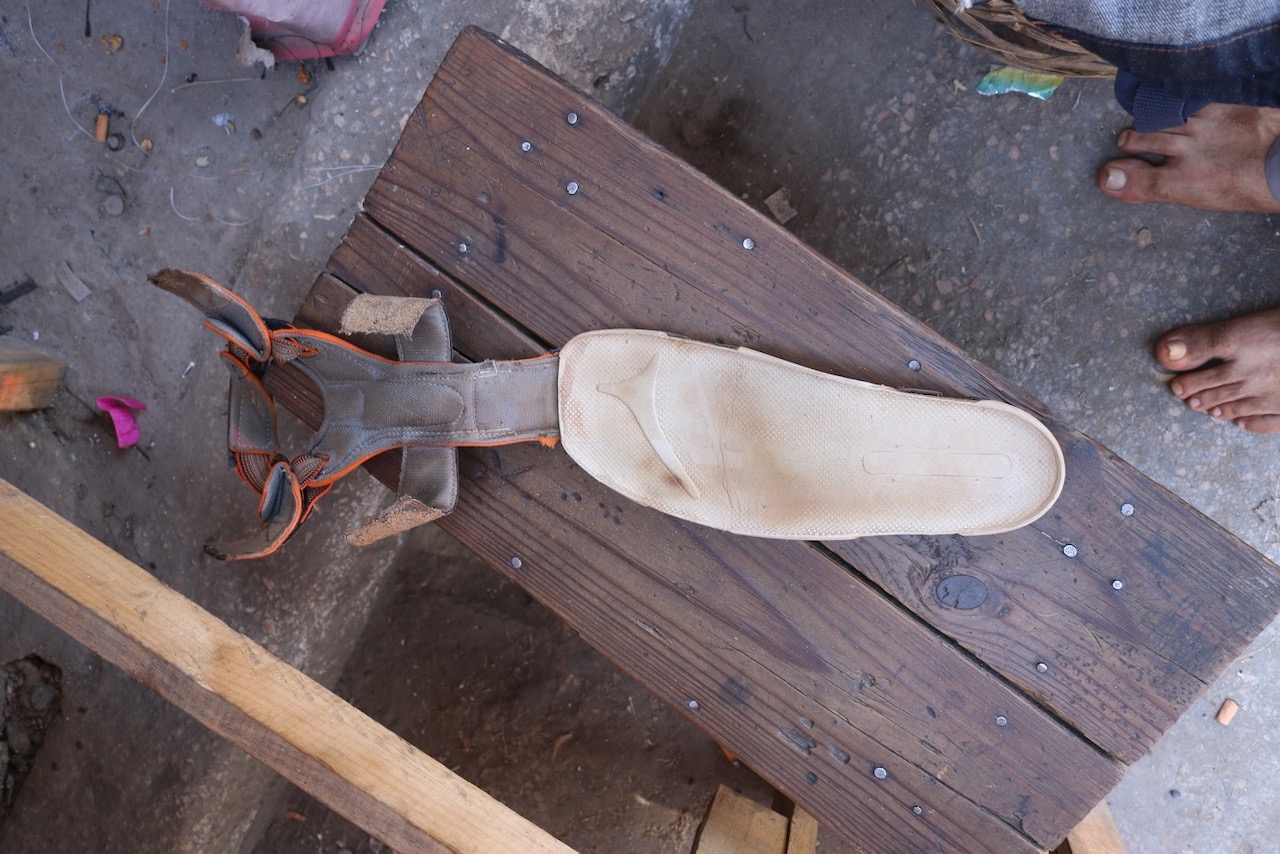

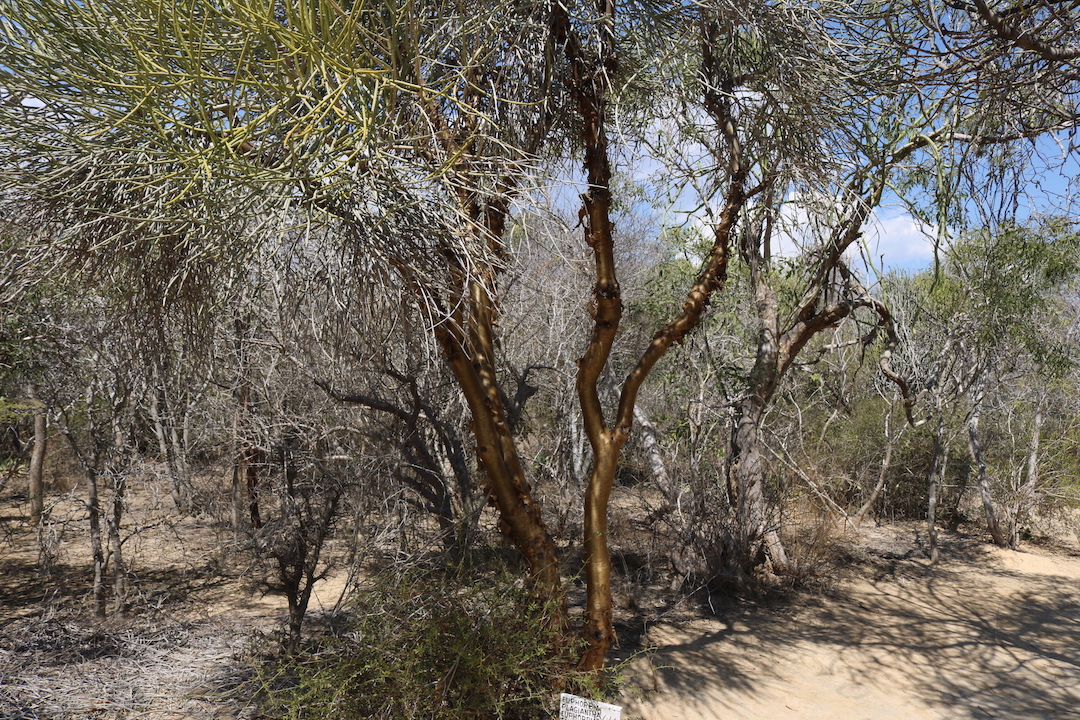
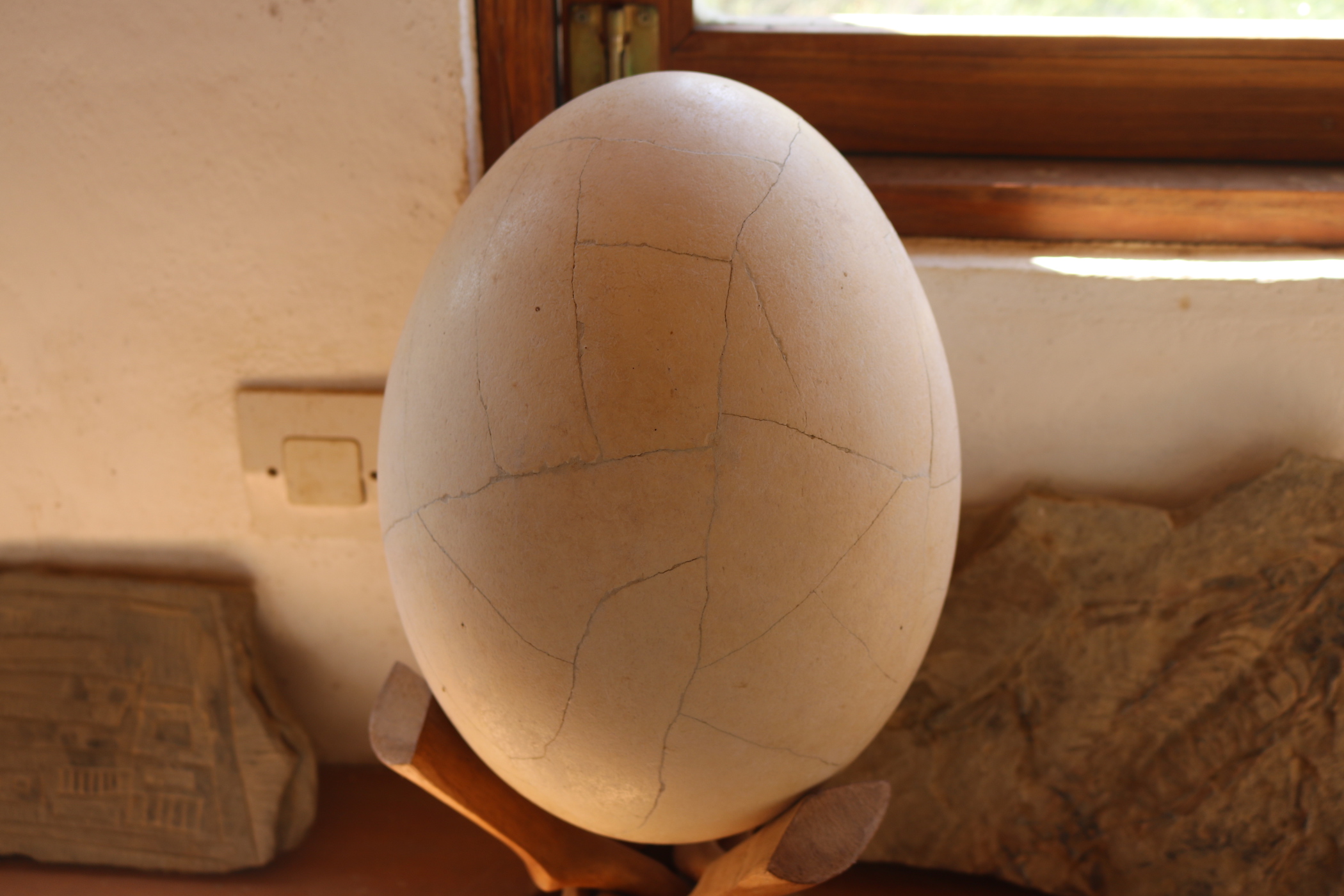

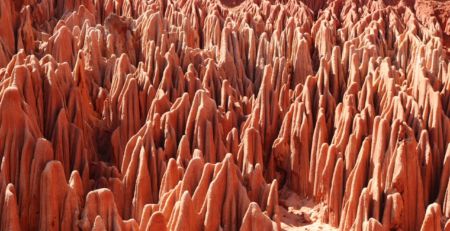
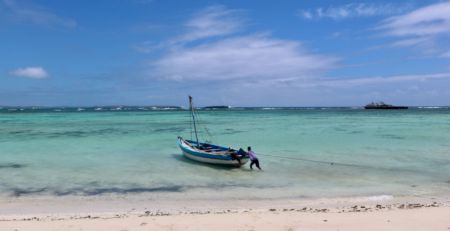
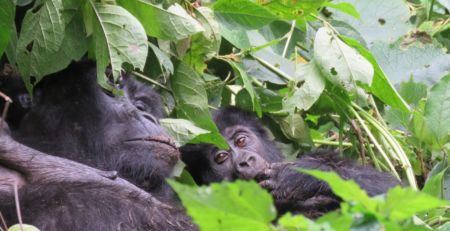
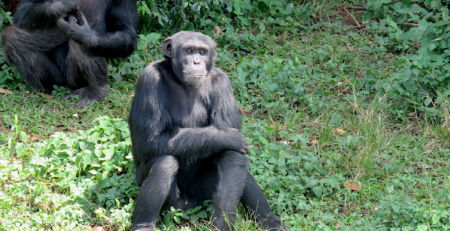
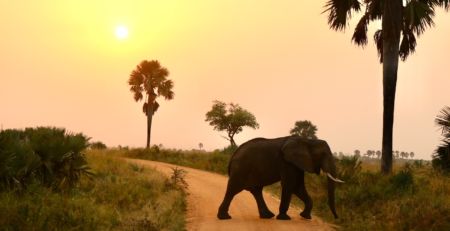
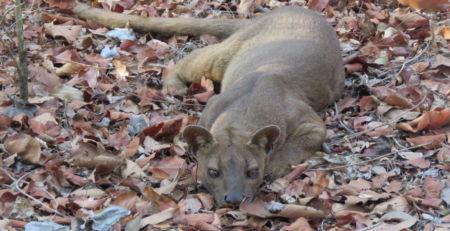

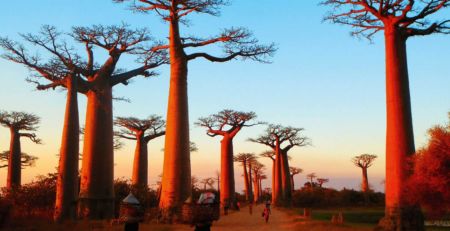
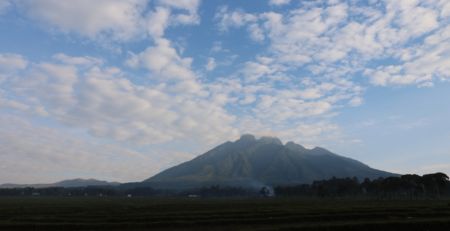

Leave a Reply